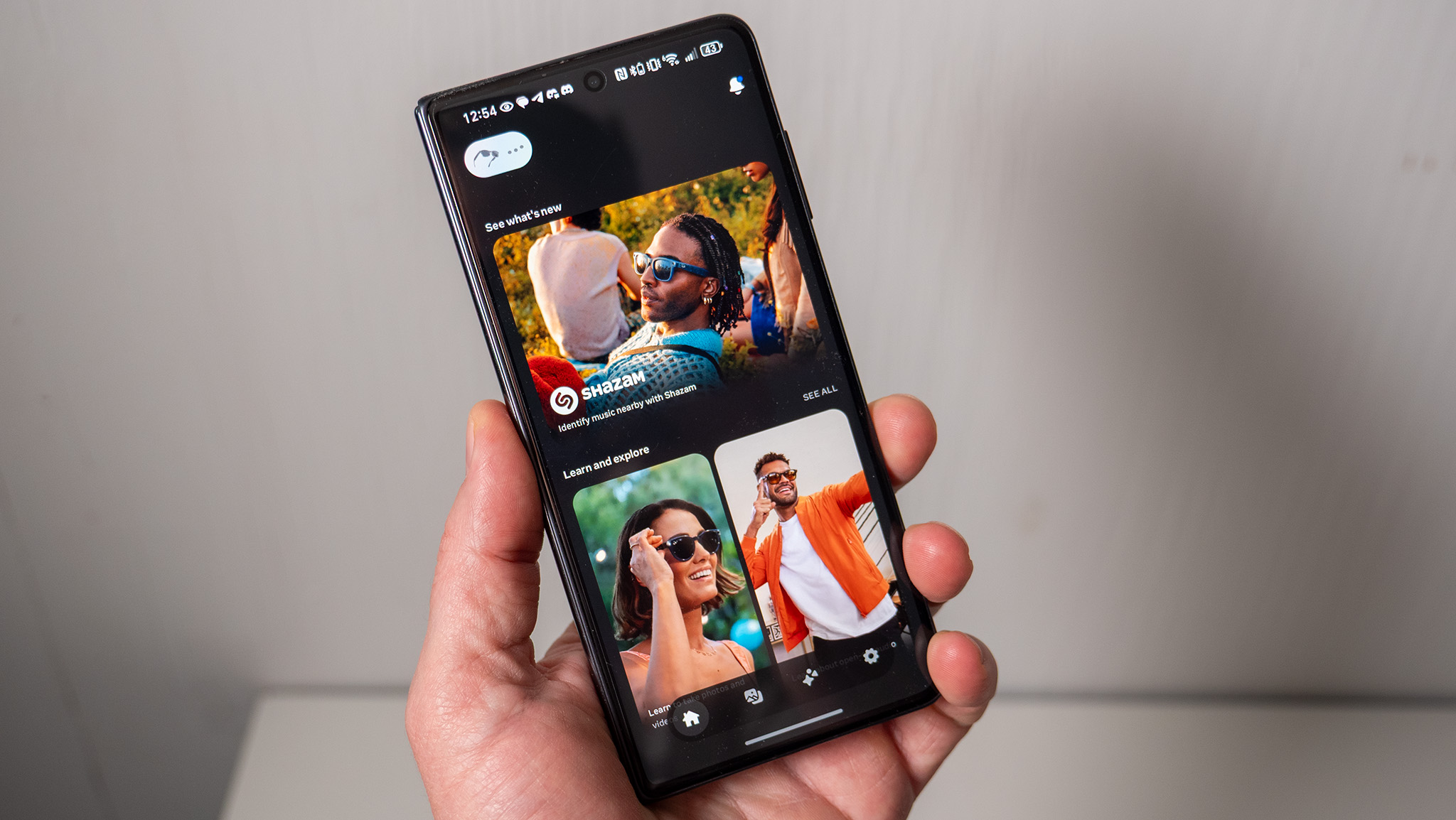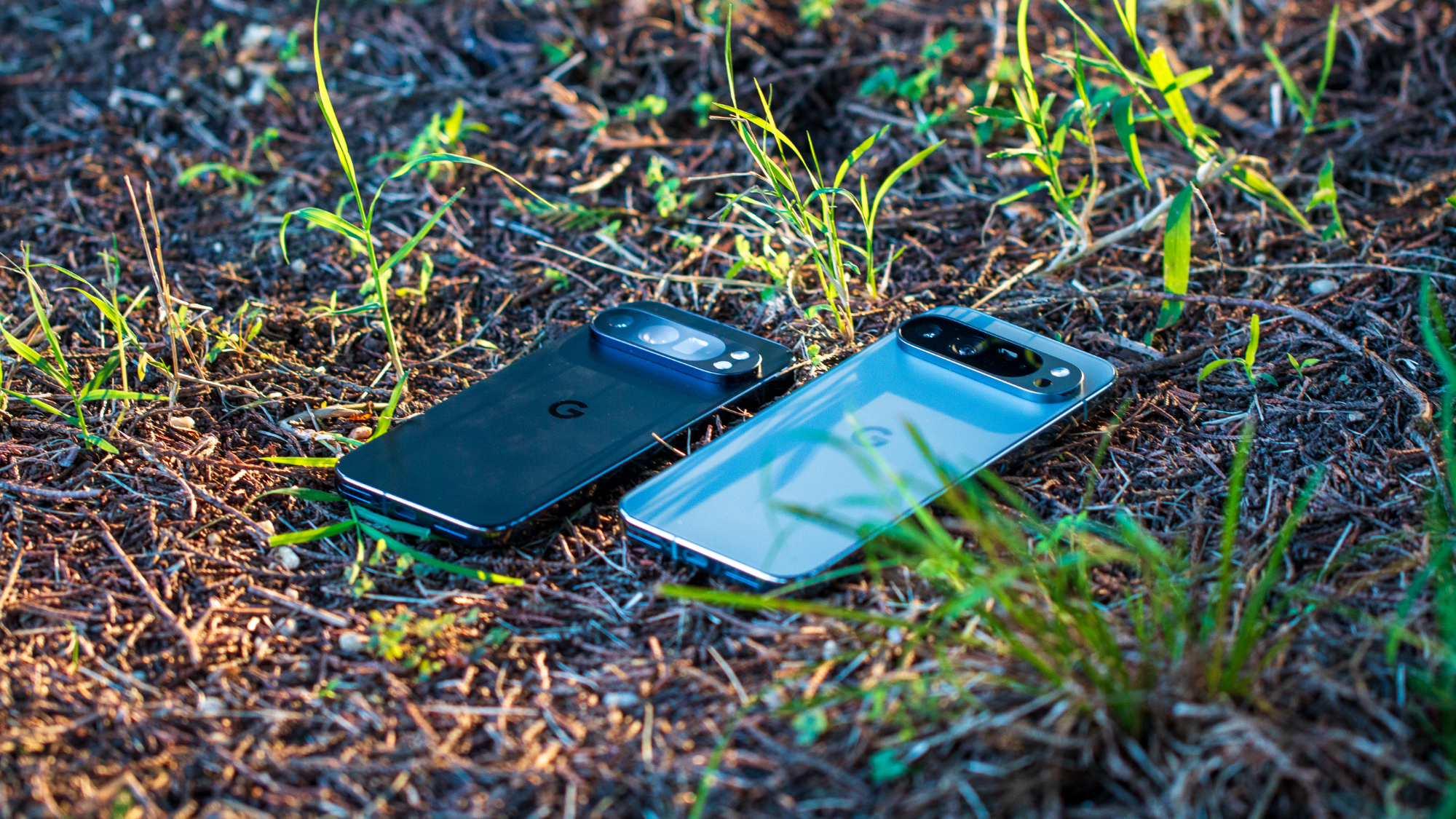It looks like next-gen Ray-Ban Meta smart glasses will follow the Google Glass playbook, only better
Upgraded Ray-Ban Metas with a monocular display? Yes, please!

Just when we think we might know everything about Meta's product release plans for this year, a new report throws a wrench into that idea. Bloomberg reports that Meta's Hypernova project is set to release this year under the Ray-Ban branding, sporting a display and an elevated price tag over current Ray-Ban Meta Smart Glasses.
Hypernova diverges from the existing Ray-Ban Meta glasses by offering a single display on the bottom of the right lens, a full set of Android-powered computational hardware, and a bundled gesture band that makes interaction with a small screen simple. I made a mockup above based on Bloomberg's description, which should give you an idea of what to expect.
But it's the sEMG band that might be the most exciting feature, as it means a proper smart device experience can be had without having to hold a smartphone all the time. It means apps can be interacted with without feeling clunky like they do on a smartwatch, and it means messages can not only be read but also easily responded to.
I previously covered how sEMG bands work, but the gist is that they can sense muscle movements in your hand and understand the difference between pinching your fingers together and scrolling with your thumb. The only thing that might get in the way is typing, but that's something Meta AI is already very capable of doing by using your voice.

The glasses are expected to be bundled with an sEMG band, which will make it dead easy to interact with apps despite the small screen.
This is a huge step in the right direction for Meta as the company has struggled to release smart glasses products early enough to satisfy investors, often seeming to focus on the big picture rather than delivering smaller stepping-stone products that will get consumers interested in the concept.
The company's second pair of connected Ray-Ban glasses have been a hit, with Meta ramping up production in hopes of selling as many as 10 million this year. The next obvious step is to offer a new pair with a single display that begins getting people used to looking forward at a display instead of craning their necks downward all the time.
As this display is situated in the bottom portion of the right lens, you'll have to gaze downward at least a little bit to get the clearest view. From my estimation, this is a much better design than Google Glass — the closest conceptual product I can think of — as Glass required you to look up to see the display. If I'm walking in a city and need to look at directions, I don't want to be looking away from the sidewalk.
Be an expert in 5 minutes
Get the latest news from Android Central, your trusted companion in the world of Android

Since these glasses are powered by Android, Bloomberg says there will be a handful of apps that ship with it but that it won't have a dedicated app store. Apps include Meta's messaging platforms like WhatsApp and Messenger, a camera app for using the upgraded cameras on the glasses, as well as a maps app for visual directions and navigation.
But while these glasses aren't prepared to replace your phone just yet, they are the gateway into augmenting the phone experience to get you less reliant on your little black mirror and more comfortable with using Meta AI and alternative forms of input. They'll still connect to your phone using the Meta View app that existing Ray-Ban Meta glasses use, but at least some of that connection won't be required now that these glasses will have onboard computing.
These new glasses would be powered by Android and be capable of running apps on the small screen in the right lens.
These glasses will not feature positional tracking like the Meta Orion prototype or the Meta Aria Gen 2 research glasses. Most likely, this is to help shave some of the cost off the price tag as well as provide reasonable battery life.
It's unreasonable to expect a fully-featured pair of smart glasses to somehow be light enough for comfort and have all-day battery life in this day and age, but that's a problem that might be solved a few years in the future.
Meta is also said to be upgrading the camera, something I'm particularly excited about since I use the Ray-Ban Meta Smart glasses camera all the time. The analogy was that the current camera is roughly equivalent to an iPhone 11, while the new camera will be equivalent to an iPhone 13.
This is, essentially, the start of the future Meta CEO Mark Zuckerberg spoke about when he said Meta would lead the tech space into a post-smartphone era. These new Hypernova glasses are said to retail for between $1,000 and $1,400, so it'll still be a while before they're affordable enough to make a dent in the smartphone market.
Big competition on the horizon

Meta looks to be releasing several different shades this year, including a potential Oakley-branded pair known as Supernova 2 within Meta's R&D labs. These glasses will be more full-featured than Hypernova and are said to be optimized for athletic use, which makes sense given Oakley's popularity with bikers and in some other sports.
Bloomberg's report also details the existence of Hypernova 2, a follow-up to the glasses described above that would feature two displays — one in each lens. Meta is said to still be working on a fully standalone pair of smart glasses that don't rely on a connection to a phone, but those glasses — currently known as Artemis — are likely still two years away.
Meanwhile, Samsung's Project HAEAN smart glasses are said to be making a debut this year alongside the Project Moohan XR headset. HAEAN is said to look similar to Ray-Ban Meta Smart glasses and is powered by Google Gemini, similar to the Google smart glasses you see in the image above.
HAEAN will likely be a direct competitor to the upcoming Ray-Ban Meta Smart Glasses, as they reportedly feature a display in the lenses. Little else is known about HAEAN at this time.
Bloomberg also reported that Apple is working on a similar pair, ensuring that Meta will be feverishly working on market-ready products faster than ever to keep up with competition from the biggest tech brands.

You must confirm your public display name before commenting
Please logout and then login again, you will then be prompted to enter your display name.
